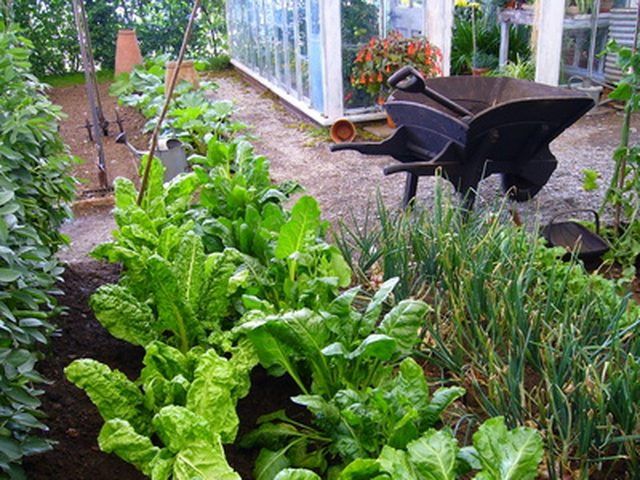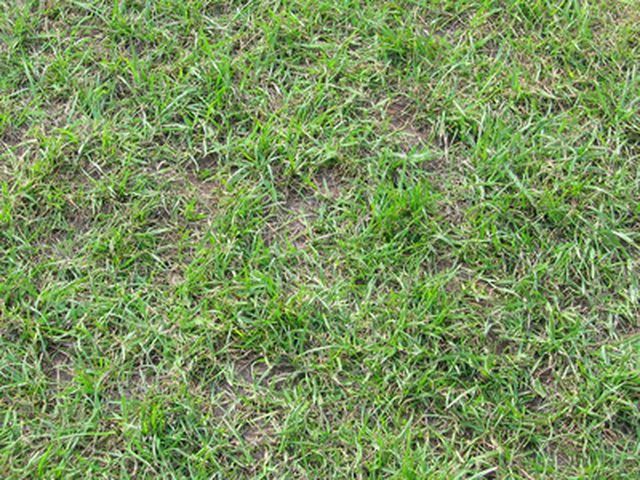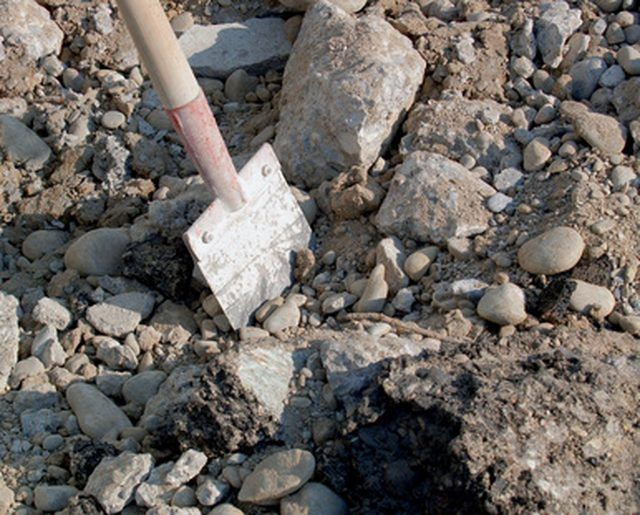Bulbs
Flower Basics
Flower Beds & Specialty Gardens
Flower Garden
Garden Furniture
Garden Gnomes
Garden Seeds
Garden Sheds
Garden Statues
Garden Tools & Supplies
Gardening Basics
Green & Organic
Groundcovers & Vines
Growing Annuals
Growing Basil
Growing Beans
Growing Berries
Growing Blueberries
Growing Cactus
Growing Corn
Growing Cotton
Growing Edibles
Growing Flowers
Growing Garlic
Growing Grapes
Growing Grass
Growing Herbs
Growing Jasmine
Growing Mint
Growing Mushrooms
Orchids
Growing Peanuts
Growing Perennials
Growing Plants
Growing Rosemary
Growing Roses
Growing Strawberries
Growing Sunflowers
Growing Thyme
Growing Tomatoes
Growing Tulips
Growing Vegetables
Herb Basics
Herb Garden
Indoor Growing
Landscaping Basics
Landscaping Patios
Landscaping Plants
Landscaping Shrubs
Landscaping Trees
Landscaping Walks & Pathways
Lawn Basics
Lawn Maintenance
Lawn Mowers
Lawn Ornaments
Lawn Planting
Lawn Tools
Outdoor Growing
Overall Landscape Planning
Pests, Weeds & Problems
Plant Basics
Rock Garden
Rose Garden
Shrubs
Soil
Specialty Gardens
Trees
Vegetable Garden
Yard Maintenance
How to Remove Rocks From a Garden
How to Remove Rocks From a Garden. Rocks and other objects embedded in the ground can make working the soil difficult in an area you wish to garden. According to Colorado State University Extension, removing rocks from a garden next to a house has the additional benefit of eliminating habitat for creepy crawlies such as spiders. Getting rid of the...

Rocks and other objects embedded in the ground can make working the soil difficult in an area you wish to garden. According to Colorado State University Extension, removing rocks from a garden next to a house has the additional benefit of eliminating habitat for creepy crawlies such as spiders. Getting rid of the rocks will require some physical labor.
Things You'll Need
Garden spade or shovel
Pry bar
Metal garden hoe
Metal garden rake
Gloves
Garden soaking hose
Garden sprinkler
Bucket
Wheelbarrow
Pull out any grass or weeds in the area you want to make into a garden, using gloved hands or a heavy garden rake. Compost or discard the plant matter. Use a chemical weed and grass killer to get rid of plant matter that you have trouble pulling out by hand.

Pick up surface rocks in the dirt by hand. Collect them in a bucket or wheelbarrow for use elsewhere or discard.
Shovel a trench around larger stones with your shovel or garden spade, digging deep enough to shove a pry bar or your shovel under the edge of the stone. The depth of the trench will depend on how deep the stone is buried. Use the leverage of your body weight on the shovel handle or pry bar to flip up the large stone and lift it out.

Soak your garden area for two hours using a garden sprinkler or soaking hose. Watering the area will make the ground pliable and easy to shovel. If it has rained in the last 24 hours, you may skip this step.
Sink your shovel into the ground 6 inches deep, or about halfway up a normal 12-inch-long shovel head. Lean back on the shovel handle to lift a patch of dirt up, then flip the shovel over so that the former top side of the dirt goes down into the hole. The black dirt side should now face up. Continue flipping over the dirt in the entire garden area.
Collect the rocks that are now visible. Break up any clods of compacted dirt by hitting them with the head of a metal garden hoe. Collect the rocks that emerge from the clods.
Spread out the dirt one final time by raking it with your metal garden rake. When you can pull the rake through the soil evenly 2 inches deep without getting caught on rocks, you may continue to prepare your garden.
Tips & Warnings
Kill grass organically by covering the area with black plastic for a full year, securing it with rocks or landscaping pins. When you remove the plastic, all the plant life should have died because of lack of sunlight.
Spread compost and commercial garden topsoil at least 3 inches deep over the garden area. Buried rocks will migrate to the surface eventually, so spreading topsoil and compost will give you 5 inches of rock-free ground to plant in.
Remove rocks that move up to the surface every season as you plant. If you plant perennials in your garden, you do not have to worry about removing the rocks because perennials come back every year on their own regardless of the rocks.
Use heavy machinery such as a backhoe to remove boulders too large for you to lift.
Take frequent breaks for water and rest.
Wear gloves to prevent blisters.
Lift with your knees, not your back.
Do not operate machinery unless you have been trained.
Do not attempt physical labor unless you have full physical capability.